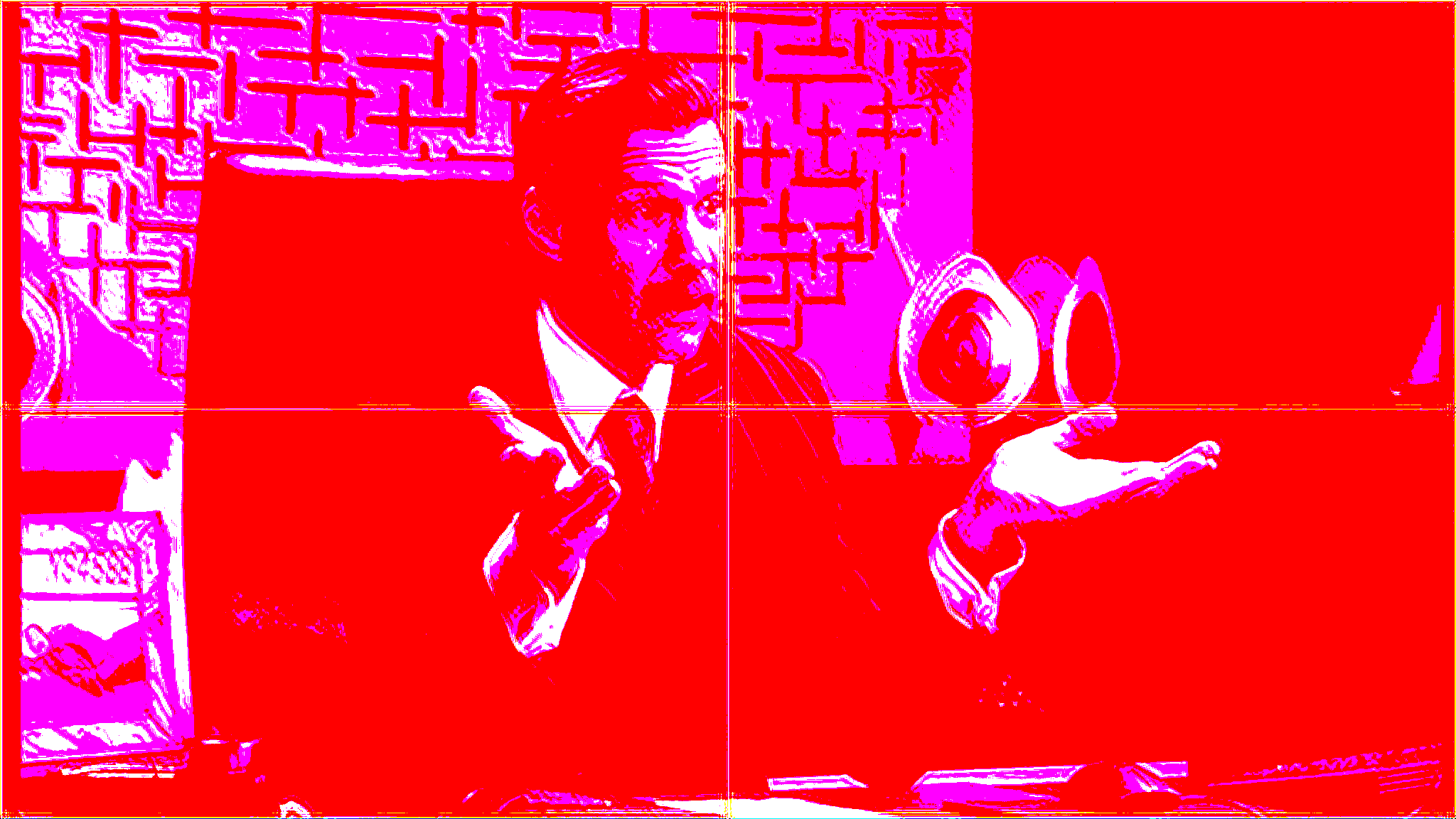Getting started¶
Welcome! This tutorial highlights VSGAN’s core features; for further details, see the links within, or the documentation index which has links to conceptual and API doc sections.
Importing Networks and Applying Models¶
As of v1.6.0, VSGAN supports more than just ESRGAN, and so to execute models you must now import the specific Network class for the model.
For example, to apply a ESRGAN model:
>>> import vapoursynth as vs
>>> from vapoursynth import core
>>> from vsgan import ESRGAN
>>> clip = core.std.BlankClip(width=720, height=480, format=vs.RGBS)
'VideoNode
Format: RGBS
Width: 720
Height: 480
Num Frames: 240
FPS: 24'
>>> esrgan = ESRGAN(clip, device="cuda")
<vsgan.networks.esrgan.ESRGAN object>
>>> esrgan.load(r'C:/Users/John/Documents/PSNR_x4_DB.pth')
<vsgan.networks.esrgan.ESRGAN object>
>>> esrgan.apply()
<vsgan.networks.esrgan.ESRGAN object>
>>> clip = esrgan.clip
'VideoNode
Format: RGBS
Width: 2880
Height: 1920
Num Frames: 240
FPS: 24'
A list of Supported Models are listed on the homepage, and a list of Networks are listed in the Interface documentation.
You have the choice to load any new model at any point. You can even apply the model as many times as you wish, with any settings you wish.
The Network classes represent a Video Clip (vs.VideoNode) that provides
Model APIs, such as apply() which applies the model on the clip’s frames.
Warning
The input clip must be an RGB clip. RGBS is recommended for F32 RGB input. You can convert to RGB using any of VapourSynth’s core.resize.* functions. Example core.resize.Spline16(clip, format=vs.RGBS). Do note that the resize algorithm will affect chroma conversion.
Note
Don’t forget to take the final clip from the Network object by taking its .clip property.
Chaining calls, or Models¶
All functions of the Network classes return itself, this allows chaining of commands, like chaining model runs by simply appending another function call.
>>> from vsgan import ESRGAN
>>> clip = core.std.BlankClip(width=720, height=480, format=vs.RGBS)
>>> clip = ESRGAN(clip, device="cuda").\
load(r'C:/Users/John/Documents/PSNR_x4_DB.pth').\
apply().\
clip # get final clip
'VideoNode
Format: RGBS
Width: 2880
Height: 1920
Num Frames: 240
FPS: 24'
This allows you to easily chain multiple models or even multiple runs of a model in one swift call:
>>> from vsgan import ESRGAN
>>> clip = core.std.BlankClip(width=720, height=480, format=vs.RGBS)
>>> clip = ESRGAN(clip, device="cuda").\
load(r'C:/Users/John/Documents/1x_Unresize.pth').\
apply().\
apply().\ # run twice
load(r'C:/Users/John/Documents/RealESRGAN_x4plus.pth').\
apply().\ # change model and run once
clip
'VideoNode
Format: RGBS
Width: 2880
Height: 1920
Num Frames: 240
FPS: 24'
Seamless Tiling¶
new in v1.4.0, reworked in v1.6.0
Tiling is used to chunk the clip into 4 quadrants. The model is then operated on each quadrant separately. This effectively cuts VRAM requirements by up to 75%.
Networks now support recursive tiling which is now automatically attempted if you have run out of VRAM. It will automatically attempt to apply the model using as little tiling as possible, perhaps even no tiling if it can.
The overlap value defines how much each tile will overlap with data from its neighbouring tiles. This is to remove seam artefacts common with most Networks.
Note
Unlike other chunking solutions, this one does not leave a seam or edge-artifacts as long as the overlap parameter is a high enough value for the resolution.
Finding a good overlap value¶
Here’s some examples that show what the seam looks like, with various overlap values. Notice the striking edge-artifacts down the center of both axes. These are actually artifacts cased by the model on the edges of all 4 quadrants.


The overlap value aims to mask these naturally by extending the image input past the boundaries of each quadrant. Essentially making each quadrant slightly larger than it should be. This makes the model cause the artifacts on the edge of the picture that will be trimmed away when re-merging as one singular picture.
The first image used overlap=1 and is an example of an overlap amount that
isn’t enough. The second image had an overlap amount that is still just slightly
too small. You can just barely make out some seams. In cases like this, the
overlap amount should be further enlarged. A good overlap value should result
in no seam being noticeable at all. Not even a spec of it.
Note
The value of overlap should generally be a multiple of 16. The larger
the input resolution, the larger overlap may need to be set. Avoid using
a value excessively large, but ensure the value is enough to be rid of the
seam completely on all scene types (bright, dark, and so on).
Note
The larger the overlap value, the more VRAM you will use per-quadrant, and the slower it may perform. Regardless, the amount of VRAM you save just by using chunk-mode at all should be worth it.